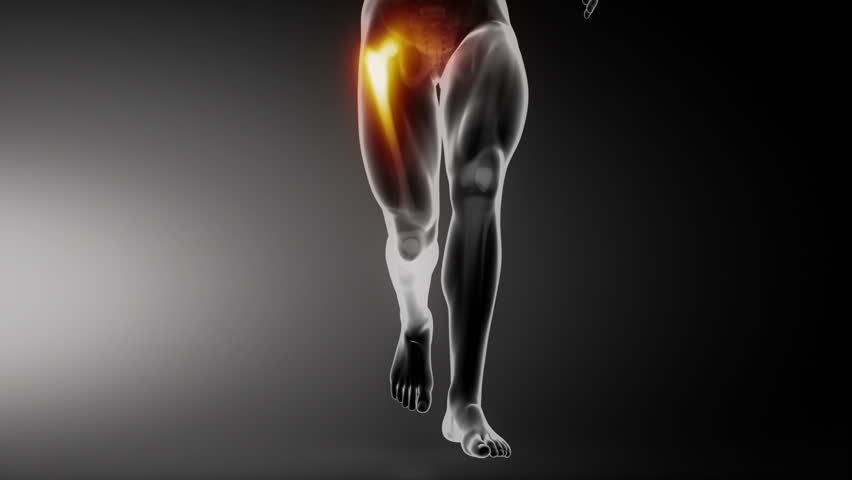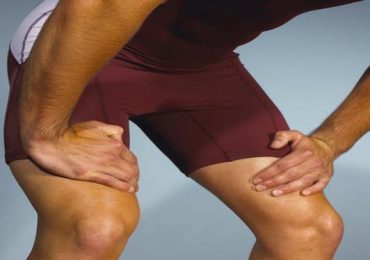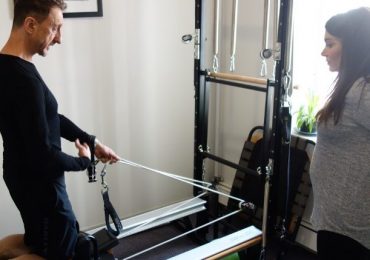Toronto Pilates and Physiotherapy for Hip Impingement
What is Hip Impingement?
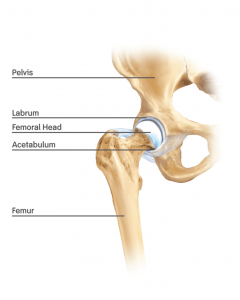
Hip impingement occurs when the head of the femur (the leg bone) pinches in the front of the hip joint. Patients feel pain in the front of the hip behind the hip flexors. Typically it can be felt in sitting, standing, walking and also when doing squats and lunges.
If the head of the femur is sitting too far forward in the hip socket, it can cause irritation in the front of the hip. If it continues for a log time it could lead to a tear in the lining of the hip joint, known as a labral tear.
There are a number of factors that can cause hip impingement. There can be localized problems in the hip and pelvis as well as more remote in the thoracic spine or feet. Pain in the front of the hip is not always hip impingement. There are other conditions and injuries that might produce pain in the front of the hip and groin area. This blog will focus on Pilates and Physiotherapy for hip impingement, as it is quite common.
What causes hip impingement and pain?
There are some structural causes of anterior hip impingement and these would need to be confirmed by X-Rays. A common structural condition is Cam and Pincer. This essentially causes a loss of internal rotation of the hip joint. Even with these structural changes, not everyone who has them will have hip pain. Even if you do have these changes confirmed on X-Ray, they may not exclusively explain your pain. A bio-mechanical assessment by your physiotherapist will high-light the muscle imbalances and motor-control problems in your hip.
In our Toronto Pilates clinic one of the common imbalances is short quadriceps muscles in the front of the thigh. Short hip flexors can also be common. This can cause an anteriorly rotated pelvis reinforcing a tendency to use the quads and hip flexors to do too much work in stabilizing the hip. The deep hip rotators in the back of the hip can become tight, causing the hip joint to pinch anteriorly in the front of the hip.
Standing and sitting into the front of the hip can also aggravate the joint and cause pain. Standing in sway-back pelvis pushes the centre of gravity into the hip joint. Sitting too far forward puts more pressure on the front of the hip, instead of the weight over the sit-bones. There may also be bio-mechanical issues in the lower back and thoracic spine. Having a stiff immobile lower and mid-back will put more work on the hip joints. This is more likely to occur in people who are more active and play sports. The spine and hips work in unison with each other.
Pilates and Physiotherapy assessment for hip impingement
There are a number of clinical tests that we can perform on your hip to determine if you have impingement or some other hip condition. Having an Xray or other scan is only part of the picture. Certain hip movements will produce your symptoms and we can test for these in the clinical assessment. Taking a through history is important to find out what activities may be causing your hip problem and past injury history and sports. Certain activities and sports can cause impingement.
Muscle testing will show us what muscles are weak, too long or too short. Ideal hip mechanics is not only structural but also a balance between muscle control and strength.
Pilates and Physiotherapy treatment for hip impingement
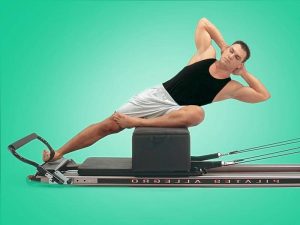 One of the first things we look at is how you stand and sit. Some people stand with their pelvis forward and push their hips into the front of the joint. Sitting forward on the hips, instead of the sit-bones can also put pressure on the front of the hips.
One of the first things we look at is how you stand and sit. Some people stand with their pelvis forward and push their hips into the front of the joint. Sitting forward on the hips, instead of the sit-bones can also put pressure on the front of the hips.
Deep squats that emphasize the quads and not the gluteal muscles can also overload the front of the hip. Squats can be corrected so that the hip glides more posteriorly and the pelvis moves backwards. This helps to centre the hips away from the front of the joint where the pinching occurs. When we take your injury history, it is important to analyze the movements that cause pain. We can look at your lunges, squats or kicking mechanics to make them more balanced.
Pilates integrates muscle control
Muscle balance need to be assessed to determine short and long; strong and weak. A typical pattern is short muscles in the front of the thigh and back of the hip. Usually the hamstrings and gluteal muscles need to be strengthened. There are numerous ways to train the gluteal muscles in functional patterns. Some active stretching of short muscles will also be necessary.
Pilates and Physiotherapy for hip impingement is an ideal combination for treatment for this condition. In our Toronto Pilates studio we use the classic Pilates equipment to mobilize and strengthen the hips. The Reformer and Tower provide progressive resistance to both support the hip and strengthen at the same time.
Integrating hip with the spine and pelvis
Hip impingement may also be the product of a tight lower back or pelvic issue. If a patient has a very stiff lower back or mid-back, they may need to do exercises to increase joint mobility in the spine. If the spine is very stiff, it loses the ability to act as a shock absorber. The hip then takes the load and tries to compensate too much.
Hip Impingement requires a clinical assessment by a physiotherapist. If the clinical tests confirms the diagnosis an X-ray can be requested. Most hip impingement can be managed with rehabilitation exercises alone. Sometimes surgery may be indicated if there are persistent pain problems.

